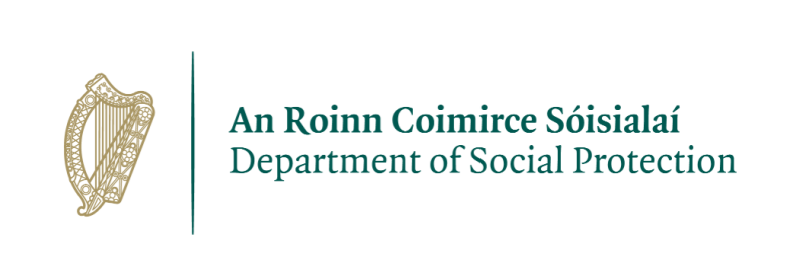The Ballymun Job Centre Co-operative Society Limited (BJC) is a community organisation that was established in 1986 to support job seekers to access employment, education or training.
The BJC is a voluntary organisation with charitable status. The BJC was established as a community response to a chronic unemployment situation. Since opening, the BJC has adapted to changes in the environment to respond to the needs of the community.
In 1986, when the BJC was established, Ireland and the community in Ballymun faced serious social, personal and family situations that challenged the community. During the boom period of the “Celtic Tiger” (between 1995 and 2007, the Irish economy grew rapidly with Ireland’s GDP growing by 229%. The community experienced positive changes and unemployment fell to an all-time low.
The Ballymun regeneration programme commenced in 1997 and the area began to attract employers, providing local employment opportunities. However, unemployment remains a major challenge for many living in Ballymun. In addition to a range of other services, career guidance and Jobs Clubs were delivered in the Ballymun Centre
Our Vision
We provide career guidance to raise the skills, educational levels and the labour market aspirations of our clients and community using holistic, person-centred approaches.
our mission
Our clients and community have the capacity to realise their labour market potential and can access employment that provides them with a quality of life free from poverty and welfare dependence.
Our Values
Honest, caring, friendly, non-judgemental & fair
In 2017, the BJC started to provide services to unemployed people in Balbriggan. This service replicated the Local Employment and Job Club model of service delivery. This provided career guidance and job-seeking supports to individuals in the community of Balbriggan.
In December 2021, following a lengthy review, the Department of Social Protection (DSP) replaced the Local Employment Service (LES) and Jobs Club programmes with a new Local Area Employment Service (LAES). The BJC had managed the LES and Jobs Club services on behalf of the DSP since 1996.
A public tender for the delivery of the new LAES service was issued, moving services from a grant-based funding model to a “payment by results” contract.
In 2022, the BJC participated in the open tender for the new service and was awarded the contract for the North Dublin LAES covering Ballymun, Swords and Balbriggan. In September 2022, the BJC adapted its services in Balbriggan and Ballymun and opened a new office in Swords, all of which was supported by the new LAES contract.



